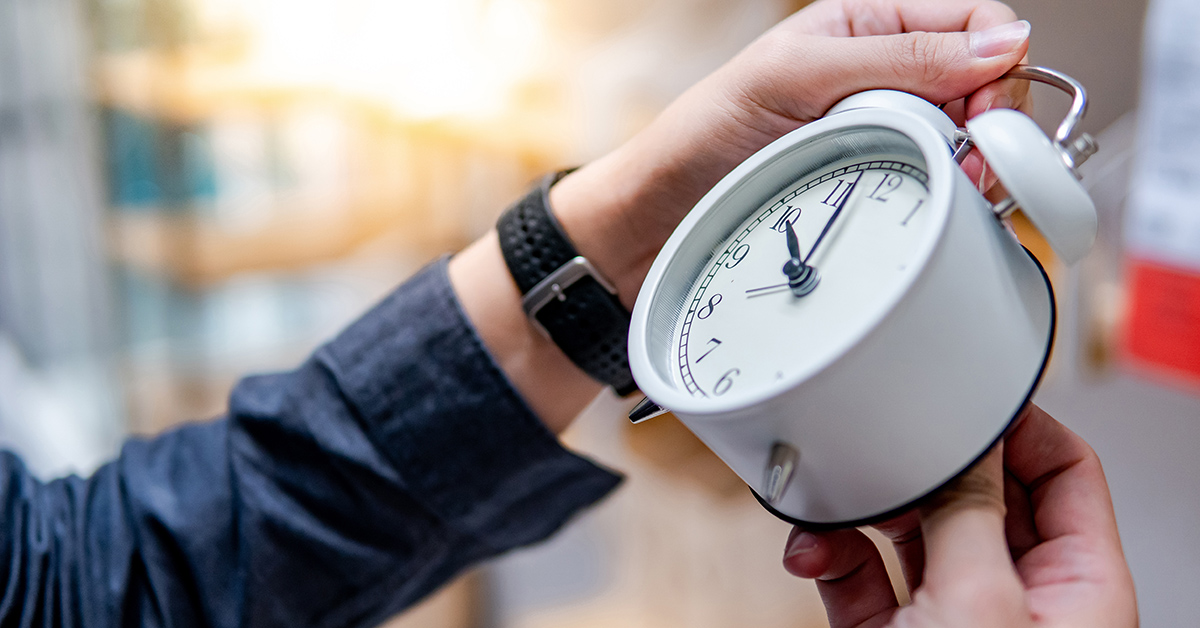A new report from the Centers for Disease Control & Prevention (CDC) says that gestational diabetes is on the rise, climbing 30 percent between 2016 and 2020.
If untreated, gestational diabetes can cause problems for both mother and the baby. However, having this condition doesn’t mean you can’t have a safe and healthy pregnancy.
What is gestational diabetes?
Gestational diabetes is a condition that can occur in pregnant women who didn’t already have diabetes, when a hormone produced by the placenta alters a woman’s ability to tolerate carbohydrates. This can lead to increased risks for both mother and child.
“If it goes undiagnosed, you risk the chance of having a large baby, which increases the need for a C-section,” Samy Iskandar, MD, with Bon Secours OBGYN, shares. “Gestational diabetes also increases the risk of preeclampsia, and the uncontrolled sugar often slows the development of a baby’s lungs. Furthermore, up to 50 percent of women who have had gestational diabetes will also develop type 2 diabetes later in life.”
There are certain gestational diabetes risk factors to consider, such as:
- Age above 35 years old
- Family members with diabetes
- Limited activity
- Obesity
- Previous delivery of a baby that weighed more than nine pounds
- Previous gestational diabetes
- Ethnicity – women who are African American, Native American, Hispanic or Asian are also at a greater risk.
Women do not have control over most of these risk factors. However, you can always get more exercise and lose weight if you are or are planning to become pregnant.
How do doctors test for gestational diabetes?
First and foremost, early diagnosis and treatment of gestational diabetes can reduce the risk of complications. So, if you take the steps to control your gestational diabetes, it doesn’t usually affect your baby.
Doctors strongly encourage women to get screened for gestational diabetes during their 28th week of pregnancy. The test is relatively simple.
“It really is just a drink,” Dr. Iskandar explains. “It’s the same amount of sugar as a Snickers bar, and it contains less liquid than your typical soda. It’s comforting to know that it is just sugar and water – nothing else. At my office, we keep it refrigerated so it stays cold and is easier to drink.”
The drink is 10 ounces of clear liquid that is free of dyes and preservatives. However, it contains 50 grams of glucose. An hour after drinking it, the woman’s sugar levels are checked. If the first test is failed, a second dose of the drink is consumed – this time with a 100-gram dose of glucose. Then, her sugar is checked three times over the course of three hours.
For many women, the thought of failing this test can be frightening. However, Dr. Iskandar reminds us that gestational diabetes is something that can easily be managed.
How is gestational diabetes treated?
“When I was training, those who failed the gestational diabetes were automatically put on insulin, but we don’t do that anymore,” Dr. Iskandar says. “We actually start with just diet. Some women respond to just eating a low carb diabetic diet and will be able to manage it that way. If that doesn’t work, we have oral medications now. We only use the insulin option if those other avenues fail.”
So, if you’re feeling nervous about having to take the gestational diabetes test, remember it’s just another standard of care to ensure the best possible outcomes for both mother and child.
Are you pregnant or planning on becoming pregnant soon? Learn more about the maternity care services we provide at Bon Secours.





